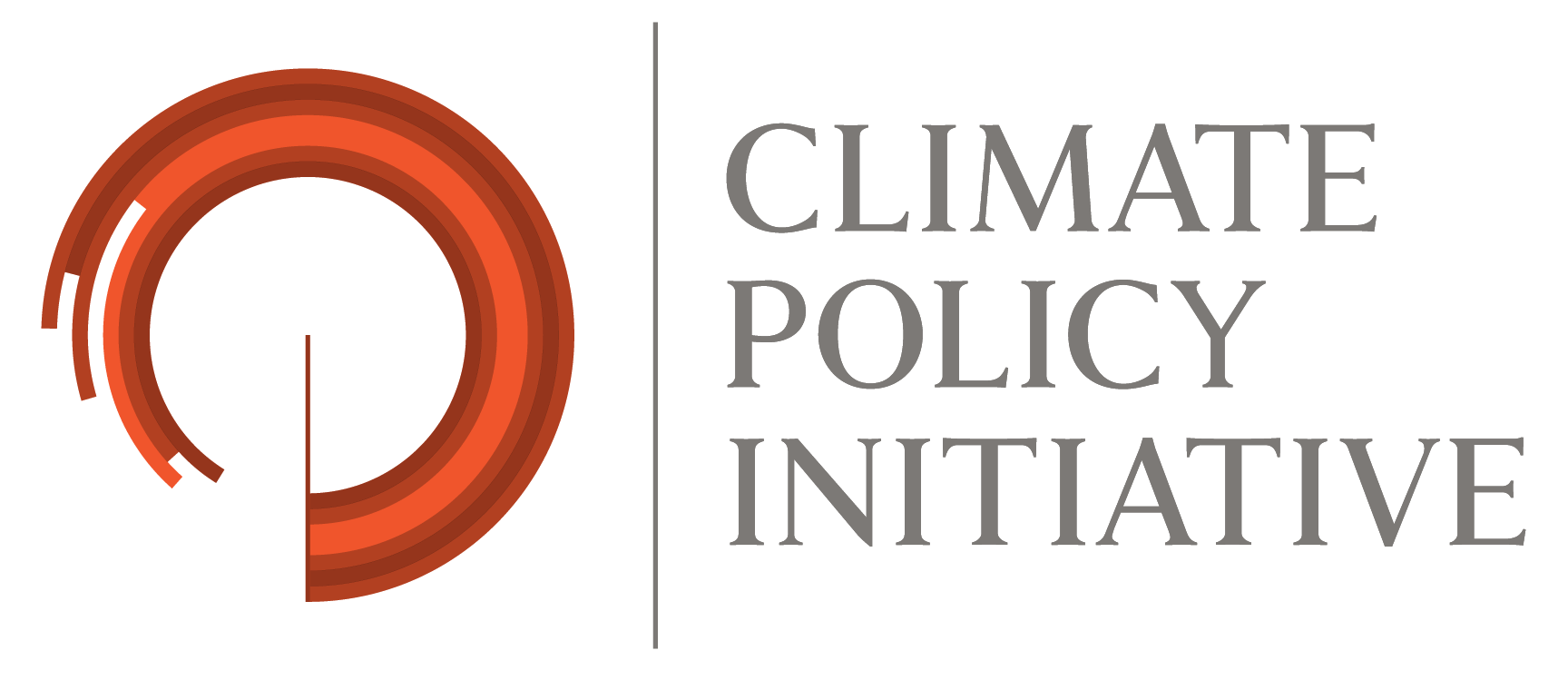New Delhi, 11th December: Climate Policy Initiative (CPI) has released the “Landscape of Green Finance in India” report, offering a comprehensive analysis of green finance flows in India. The Landscape of Green Finance in India series evaluates green finance flows to key real economy sectors.
CPI’s report finds that tracked green finance for mitigation sectors has increased to INR 3,712 billion (USD 50 billion) in 2021/22, a 20% increase since 2019/20. This is a significant step up, especially since it occurred during the COVID-19 pandemic, which led to a massive disruption in the Indian economy.
Finance for adaptation has also grown, increasing nearly threefold in the same period, to reach INR 1,092 billion (USD 15 billion) per year in 2021/22. This year’s report also includes a first-of-its-kind analysis of finance flows to adaptation-related on-farm activities in agriculture. Despite the increase in adaptation finance, given India’s high vulnerability to the impacts of climate change, adaptation investment needs are likely to increase.
Commenting on the launch, Vivek Sen, Director of Climate Policy Initiative India, said, “India’s green finance landscape has made significant progress, but there is a long road ahead. This report highlights critical areas where action is needed to scale investments and bridge existing gaps.”
The report underscores India’s urgent need to scale green finance to enable low-carbon and climate-resilient development. It proposes actionable priorities for increasing green investment in India:
- Furthering Policy and Regulatory Measures to Mobilize Green Finance
- Continued policy support to critical sectors under green for building investor confidence and mobilizing finance.
- Aligning India’s climate finance taxonomy with India’s climate goals, harmonizing it with existing country and global best practices, and ensuring that it remains a live document that can be updated to reflect policy progress and new economic activities adequately.
- Introducing national and subnational regulations on adaptation to help drive adaptation action and investment across governance levels and key economic activities.
- Coordinated Action to Accelerate Green Finance
- Creating market-based incentives, innovative financial products, and de-risking investments to accelerate green finance.
- Augmenting development banks’ and FIs’ important roles in mobilizing green finance through interventions that direct capital to green initiatives.
- Enhancing Finance for Adaptation
- Ensuring that state-level adaptation plans indicate adaptation funding gaps, including sectoral gaps, to better direct adaptation investment.
- Leveraging public finance to mobilize private investments by introducing enabling policies, incentivizing climate risk disclosures, fostering public-private partnerships, and introducing innovative financing tools.
- Improving Data Collection, Reporting, and Access
- Putting in place an integrated domestic Measurement, Reporting, and Verification (MRV) system that streamlines financial attributes to enhance transparency and improve tracking of finance flows.
- Regulatory institutions should standardize and mandate disclosures and ensure alignment with global standards.
The Landscape of Green Finance in India report underscores the necessity of increasing green investments through collaborative action among policymakers, financial institutions, and private stakeholders. India can accelerate its transition to a sustainable and climate-resilient economy by addressing policy gaps, introducing climate-focused regulations, incentivizing private investments, and enhancing data systems.

